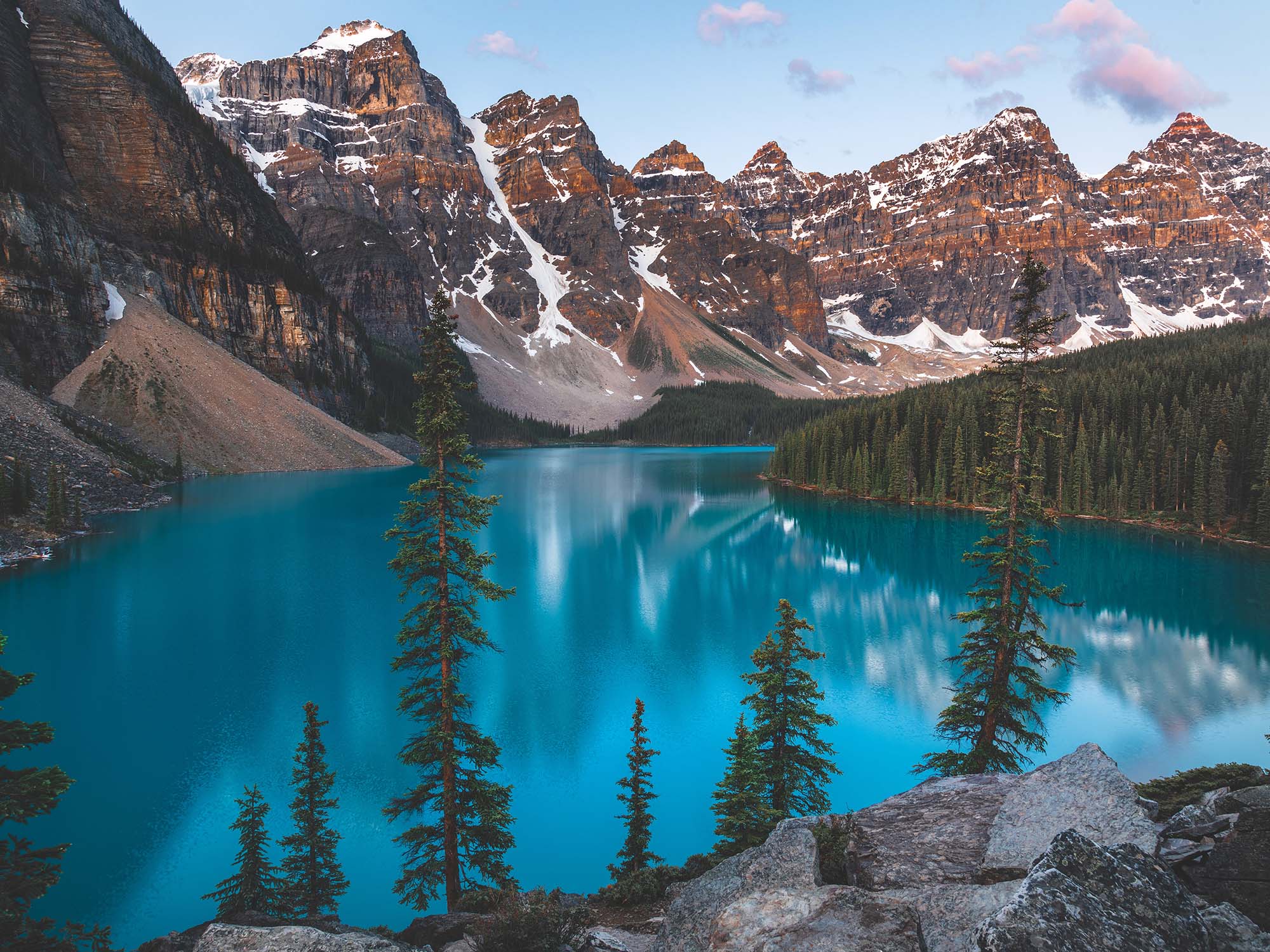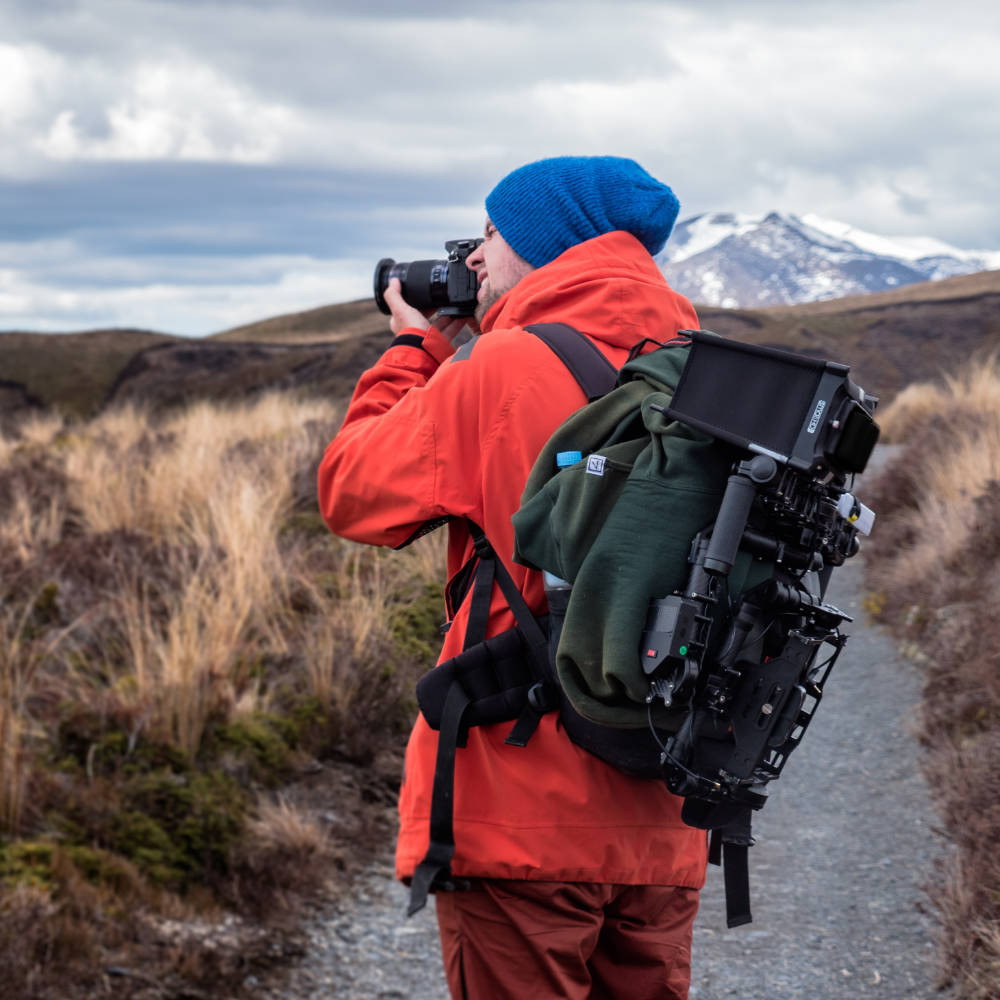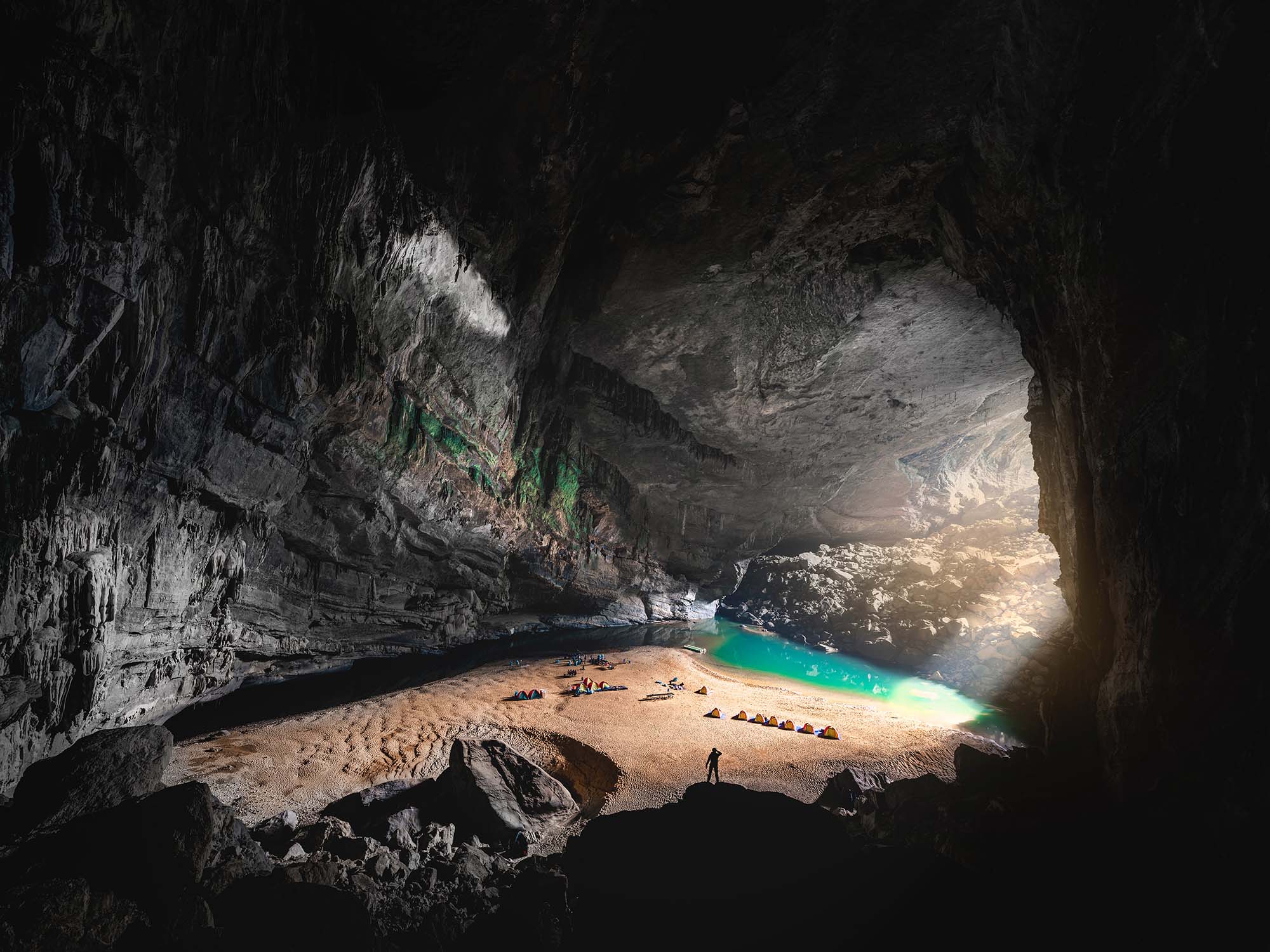
Banff
Rugged alpine landscapes and crystal lakes in Banff National Park

Rugged alpine landscapes and crystal lakes in Banff National Park
Alberta, Canada
Banff National Park is Canada's oldest national park, established in 1885. Located in Alberta's Rocky Mountains, 110–180 kilometres (68–112 mi) west of Calgary, Banff encompasses 6,641 square kilometres (2,564 sq mi) of mountainous terrain, with many glaciers and ice fields, dense coniferous forest, and alpine landscapes.

The destination and the expedition
The Icefields Parkway extends from Lake Louise, connecting to Jasper National Park in the north. Provincial forests and Yoho National Park are neighbours to the west, while Kootenay National Park is located to the south and Kananaskis Country to the southeast. The main commercial centre of the park is the town of Banff, in the Bow River valley.
The Canadian Pacific Railway was instrumental in Banff’s early years, building the Banff Springs Hotel and Chateau Lake Louise, and attracting tourists through extensive advertising. In the early 20th century, roads were built in Banff, at times by war internees from World War I, and through Great Depression-era public works projects. Since the 1960s, park accommodations have been open all year, with annual tourism visits to Banff increasing to over 5 million in the 1990s. Millions more pass through the park on the Trans-Canada Highway. As Banff has over three million visitors annually, the health of its ecosystem has been threatened. In the mid-1990s, Parks Canada responded by initiating a two-year study which resulted in management recommendations and new policies that aim to preserve ecological integrity.
Banff National Park has a subarctic climate with three ecoregions, including montane, subalpine, and alpine. The forests are dominated by Lodgepole pine at lower elevations and Engelmann spruce in higher ones below the treeline, above which is primarily rocks and ice. Mammal species such as the grizzly bear, cougar, wolverine, elk, bighorn sheep and moose are found, along with hundreds of bird species. Reptiles and amphibians are also found but only a limited number of species have been recorded. The mountains are formed from sedimentary rocks which were pushed east over newer rock strata, between 80 and 55 million years ago. Over the past few million years, glaciers have at times covered most of the park, but today are found only on the mountain slopes though they include the Columbia Icefield, the largest uninterrupted glacial mass in the Rockies. Erosion from water and ice have carved the mountains into their current shapes.
View from the summit of Sulphur Mountain, showing Banff and the surrounding areas Throughout its history, Banff National Park has been shaped by tension between conservationist and land exploitation interests. The park was established on November 25, 1885, as Banff Hot Springs Reserve, in response to conflicting claims over who discovered hot springs there and who had the right to develop the hot springs for commercial interests. The conservationists prevailed when Prime Minister John A. Macdonald set aside the hot springs as a small protected reserve, which was later expanded to include Lake Louise and other areas extending north to the Columbia Icefield.
Archaeological evidence found at Vermilion Lakes indicates the first human activity in Banff to 10,300 B.P. Prior to European contact, the area that is now Banff National Park was home to many Indigenous Peoples, including the Stoney Nakoda, Ktunaxa, Tsuut’ina, Kainaiwa, Piikani, Siksika, and Plains Cree . Indigenous Peoples utilized the area to hunt, fish, trade, travel, survey and practice culture. Many areas within Banff National Park are still known by their Stoney Nakoda names such as Lake Minnewanka and the Waputik Range. Cave and Basin served as an important cultural and spiritual site for the Stoney Nakoda.
With the admission of British Columbia to Canada on July 20, 1871, Canada agreed to build a transcontinental railroad. Construction of the railroad began in 1875, with Kicking Horse Pass chosen, over the more northerly Yellowhead Pass, as the route through the Canadian Rockies. Ten years later, on November 7, 1885, the last spike was driven in Craigellachie, British Columbia.
Since the original Rocky Mountains Park Act, subsequent acts and policies placed greater emphasis on conservation. With public sentiment tending towards environmentalism, Parks Canada issued major new policy in 1979, which emphasized conservation. The National Parks Act was amended in 1988, which made preserving ecological integrity the first priority in all park management decisions. The Act also required each park to produce a management plan, with greater public participation.
In 1984, Banff was declared a UNESCO World Heritage Site, Canadian Rocky Mountain Parks World Heritage Site, together with the other national and provincial parks that form the Canadian Rocky Mountain Parks, for the mountain landscapes containing mountain peaks, glaciers, lakes, waterfalls, canyons and limestone caves as well as fossil beds. With this designation came added obligations for conservation.
View from the summit of Sulphur Mountain, showing Banff and the surrounding areas During the 1980s, Parks Canada moved to privatize many park services such as golf courses, and added user fees for use of other facilities and services to help deal with budget cuts. In 1990, the town of Banff was incorporated, giving local residents more say regarding any proposed developments.
In the 1990s, development plans for the park, including expansion at Sunshine Village, were under fire with lawsuits filed by Canadian Parks and Wilderness Society (CPAWS). In the mid-1990s, the Banff-Bow Valley Study was initiated to find ways to better address environmental concerns, and issues relating to development in the park.
Banff National Park is located in the Rocky Mountains on Alberta’s western border with British Columbia in the Alberta Mountain forests ecoregion. By road, the town of Banff is 128 kilometres (80 mi) west of Calgary and 401 km (249 mi) southwest of Edmonton. Jasper National Park borders Banff National Park to the north, while Yoho National Park is to the west and Kootenay National Park is to the south. Kananaskis Country, which includes Bow Valley Wildland Provincial Park, Spray Valley Provincial Park, and Peter Lougheed Provincial Park, is located to the south and east of Banff. The Trans-Canada Highway passes through Banff National Park, from the eastern boundary near Canmore, through the towns of Banff and Lake Louise, and into Yoho National Park in British Columbia. The Banff townsite is the main commercial centre in the national park. The village of Lake Louise is located at the junction of the Trans-Canada Highway and the Icefields Parkway, which extends north to the Jasper townsite.
for the coming year
 from $1839
from $1839
 from $1799
from $1799
 from $1449
from $1449
 from $1949
from $1949